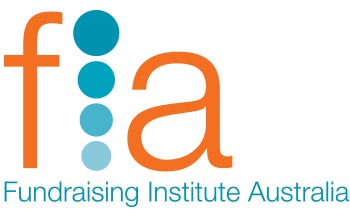Rob Morrison explains cognitive computing and how, when combined with data, it can be used to predict consumer preferences, maximise customer experience, and more.
The idea of wrapping technology with a human voice isn’t new. In fact, any fan of 1970s cop shows will remember the iconic start of the Rockford Files, where James Garner’s voice spills effortlessly from a tape machine in his empty trailer.
“This is Jim Rockford, at the tone leave your name and message. I’ll get back to you.” (If you’re now humming the theme song, find it on YouTube – it’s aged well).
Truth is, as human beings we want to interact with other human beings – even if that’s via a machine.
It’s taken a while but in 2016 we’re on the threshold of systems like Siri finally losing their novelty value. And being genuinely useful. So it’s worth pondering exactly what this brave new world will mean for marketers.
But here’s the thing. We can’t have an informed conversation about the next wave without me getting a teeny, tiny bit technical. So, apologies, but I’m going to use two words you wouldn’t expect to hear from a Creative Director.
Cognitive computing
There, I said it. Because I’ve worked on the IBM business for the last four years I know what cognitive is and does. And, it’s powerfully simple.
Cognitive is the ability of a computer to learn the way humans learn – just faster.
Much, much faster. Enormous amounts of information are digested quickly and accurately. Importantly, it’s all in natural language – almost any language.
In fact, a cognitive system like Watson is not too far away from being able to learn a new language in a matter of days. Even obscure, tribal languages which only a few people in the world still speak. Preserved forever.
But it’s what happens next that’s really exciting – when you combine this learning ability with analytics. That way you can predict where people are headed, even before they know themselves. It’s like a crystal ball that talks.
What will that mean for marketing?
At its simplest, it will mean you can engage one-on-one with your audience in new ways in natural language. That might be over the phone – where we can finally abandon ‘press one for customer service.’ Or it might be automatically generating email in natural language – replacing the need for those pesky copywriters. (Wait, what?)
But it’s the combination of cognitive with predictive where the quantum shift will come. We’ve already seen remarkable uses for predictive analytics. Landslides in Brazil are being predicted based on rainfall patterns. Bushfires are getting the same treatment here. Lives and property saved.
But just imagine what an accurate crystal ball could do for your business.
Not sure what the next big fashion trends will be? Or which music style will be the next to sell millions? How about those pesky Millenials? Want to know what, where, when and how to reach them?
Yep. All possible.
Imagine ordering stock knowing none will be wasted. Imagine knowing which holiday destinations will be popular in the year ahead. Imagine being able to accurately model price rise impacts. Or just imagine how loyal a customer can become when you provide them with an experience they’ve loved, which they’ve only just imagined, at a price which delights them.
The winner will, once again, be the customer. Which helps us all.
Now if we could just get Siri to swipe right on Watson’s Tinder profile.
_
Rob Morrison is creative director of OgilvyOne Sydney and a two-time member of the Cannes Direct Lions Jury.






































